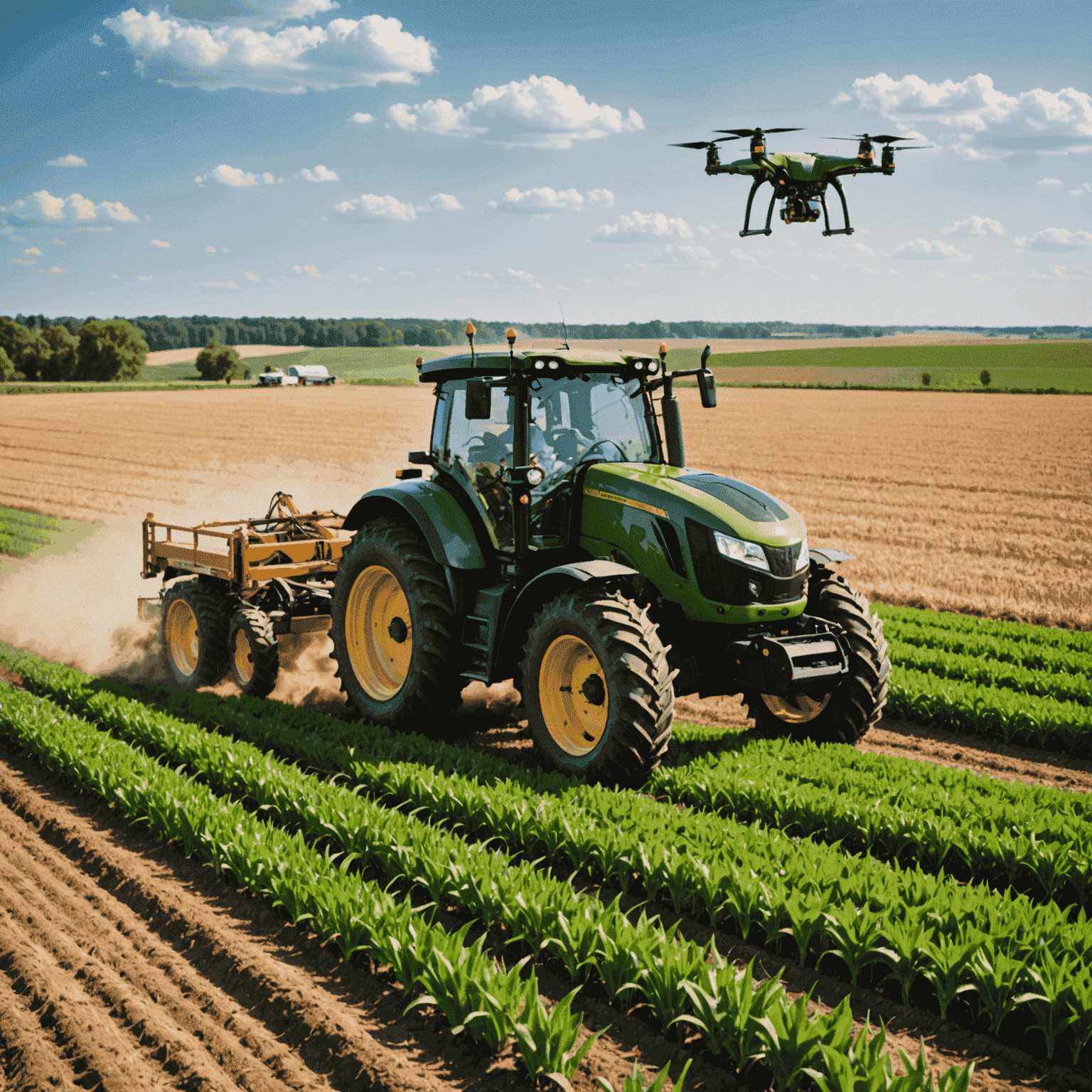Technology and Agricultural Machinery Insurance

The agricultural sector is experiencing a technological revolution, with cutting-edge machinery and smart farming techniques transforming the way we cultivate crops and manage livestock. This advancement, however, brings new challenges in terms of insurance coverage for these sophisticated pieces of equipment.
The Impact of Technology on Agricultural Machinery
Modern agricultural machinery is no longer just about tractors and combines. Today's farms are equipped with:
- GPS-guided precision planting systems
- Autonomous vehicles and drones
- IoT sensors for soil and crop monitoring
- AI-powered harvesting robots
These technological advancements have significantly increased productivity and efficiency in agriculture. However, they also present new risks and insurance considerations.
Insurance Implications for High-Tech Agricultural Machinery
As agricultural machinery becomes more sophisticated, insurance policies need to evolve to provide adequate coverage. Here are some key implications:
- Higher Value Equipment: Advanced machinery often comes with a hefty price tag, requiring higher coverage limits.
- Specialized Repairs: Repairs for high-tech equipment may require specialized technicians, increasing potential repair costs.
- Cyber Risks: With increased connectivity comes the risk of cyber attacks, necessitating cybersecurity coverage.
- Data Protection: Insurance may need to cover the loss or corruption of valuable farm data collected by smart machinery.
- Liability Concerns: Autonomous machinery introduces new liability questions in case of accidents or malfunctions.

The Future of Agricultural Machinery Insurance
As technology continues to advance, insurance providers are adapting their offerings to meet the evolving needs of modern farmers. Some emerging trends include:
- Usage-based insurance policies that leverage IoT data
- Parametric insurance products triggered by specific events or conditions
- Comprehensive policies that bundle traditional coverage with cyber and data protection
For farmers in Canada and beyond, staying informed about these insurance developments is crucial to protecting their agricultural park and ensuring the longevity of their operations.
Conclusion
The intersection of technology and agricultural machinery is creating exciting opportunities for the farming industry. However, it also necessitates a reevaluation of insurance needs. By working with specialized insurance providers who understand the unique challenges of modern agriculture, farmers can ensure their high-tech investments are properly protected.